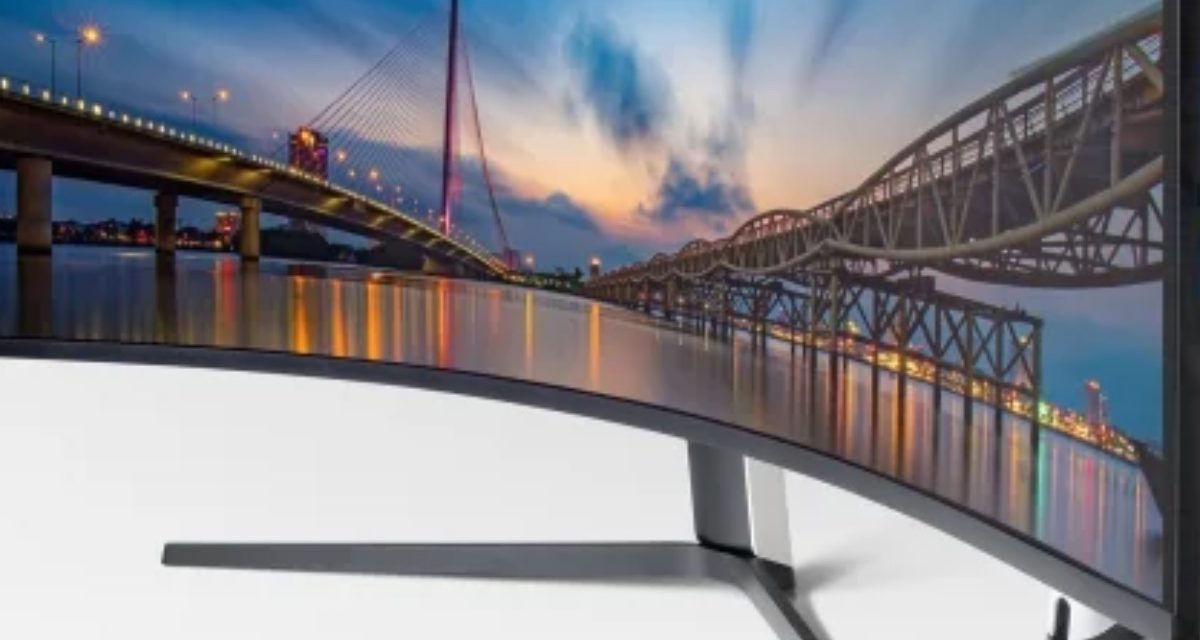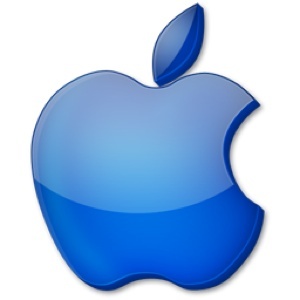An upcoming Studio Display (or Studio Display Pro) could be curved and have a privacy screen. Apple has filed for a patent (number US 20240036238 A1) for “Privacy Films for Curved Displays.”
About the patent filing
The patent filing mainly concerns privacy screens for laptops. However, it’s the mention (and accompanying graphics) of curved displays that I find particularly interesting. For months there have been reports that Apple plans a “Studio Display Pro” (my designation, not Apple’s) with a mini-LED display and Promotion support.
Promotion support would offer refresh rates up to 120MHz. This would be useful when Apple’s current push on Mac gaming. If Apple are to offer such a monitor, making it curved would have benefits.
According to a CDW report, the most prominent advantage of a curved monitor is its ability to provide an immersive viewing experience. The curve of the display wraps around your field of vision, creating a more natural and engaging visual experience. This curvature is designed to mimic the shape of the human eye, making it easier to focus on the content and reducing eye strain during prolonged usage.
For gamers and movie aficionados, curved monitors offer a significant advantage by providing a more immersive and engaging experience. The curvature matches the natural curvature of the human eye, allowing for a more encompassing view with enhanced peripheral vision.
The downside is that curved monitors are generally more expensive than their flat counterparts. But if Apple were to make a Studio Display Pro, doubtless it wouldn’t be inexpensive. Such a display would probably cost more than the “non-Pro” version (US$1,599), but less than the $4,999, 6K Pro Display XDR.
Summary of the patent filing
Here’s Apple’s abstract of the patent filing: “A privacy film may have a light-blocking layer that is interposed between first and second transparent substrates. The light-blocking layer may have a plurality of opaque portions and a plurality of transparent portions. The opaque portions may be shaped to ensure light from the display is directed only to the primary viewer of the display. Each opaque portion of the light-blocking layer may extend along a respective longitudinal axis between the first and second transparent substrates.
“Privacy films used to cover curved displays may have opaque portions that extend along longitudinal axes that have different angles relative to the transparent substrates. Opaque portions in the edge of the privacy film may have longitudinal axes that are at non-perpendicular angles with respect to the transparent substrates. A privacy film for a curved display may also include a light-redirecting layer such as a prism layer or a liquid crystal layer.”
Article provided with permission from AppleWorld.Today



